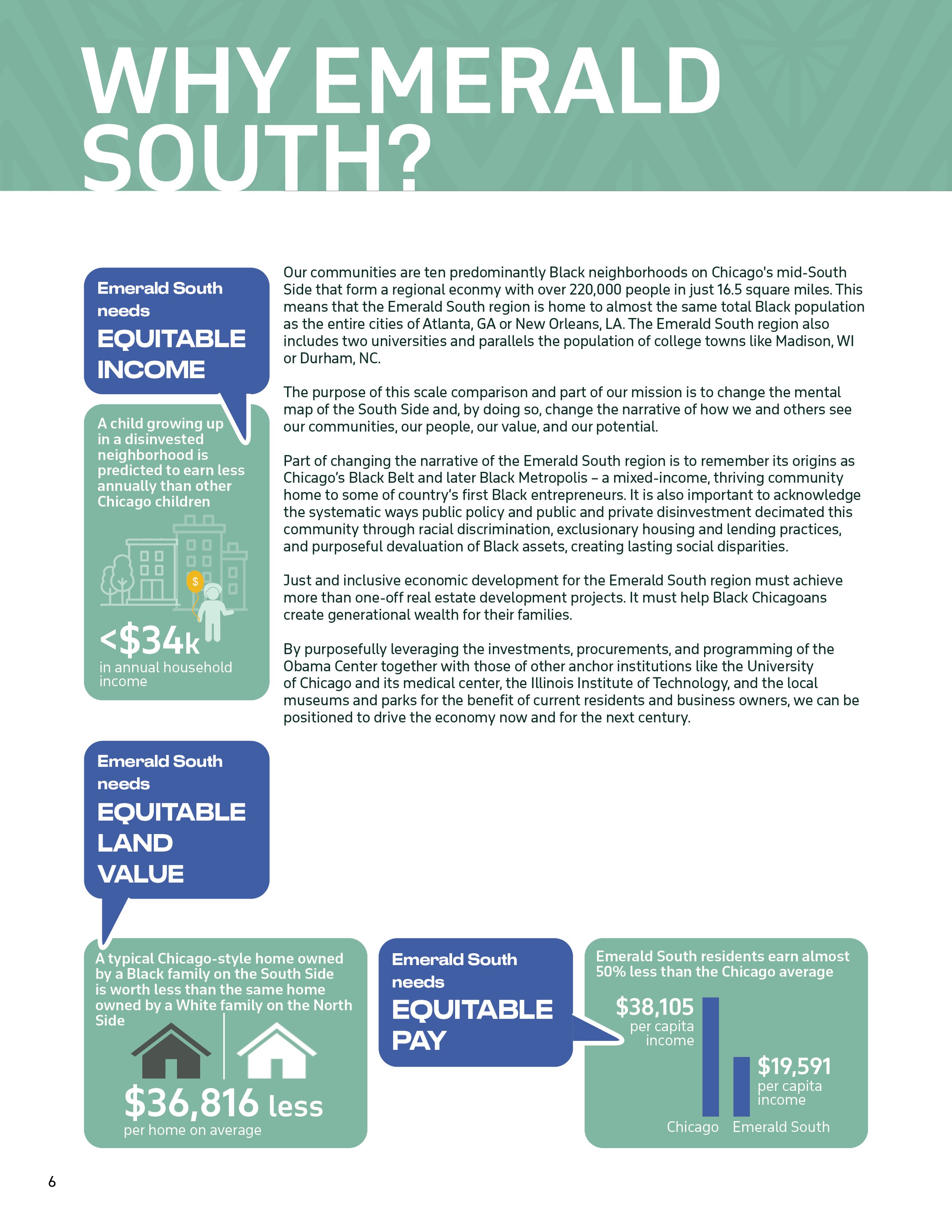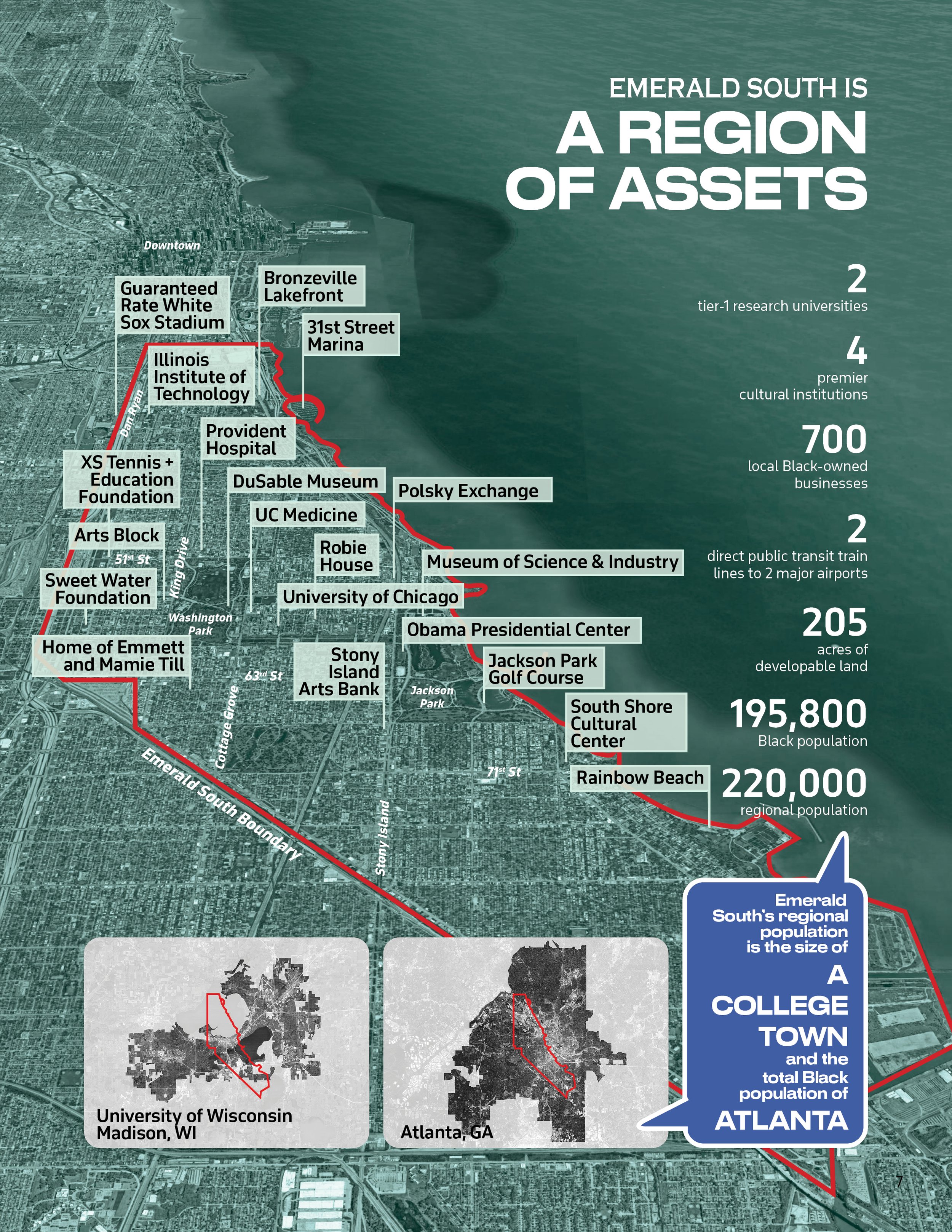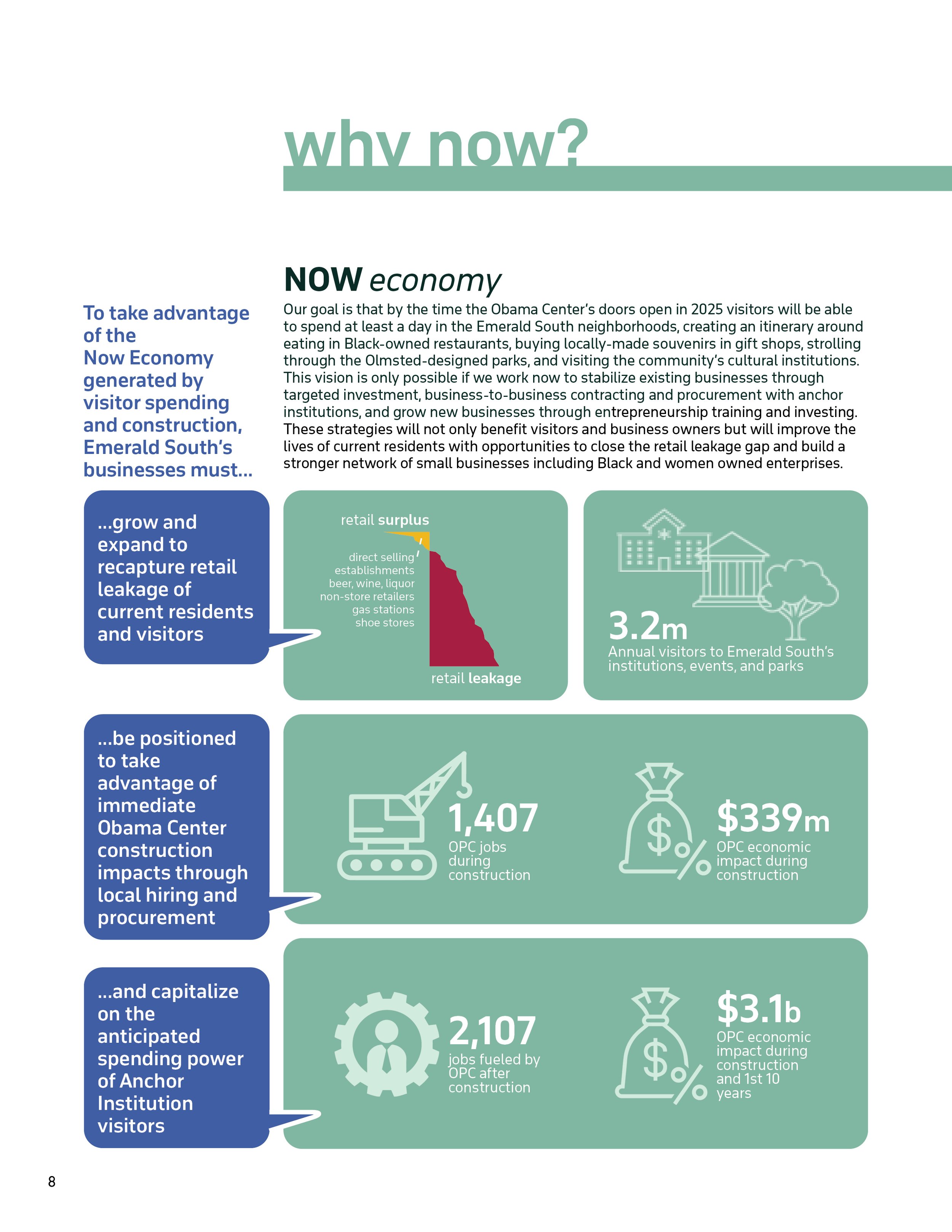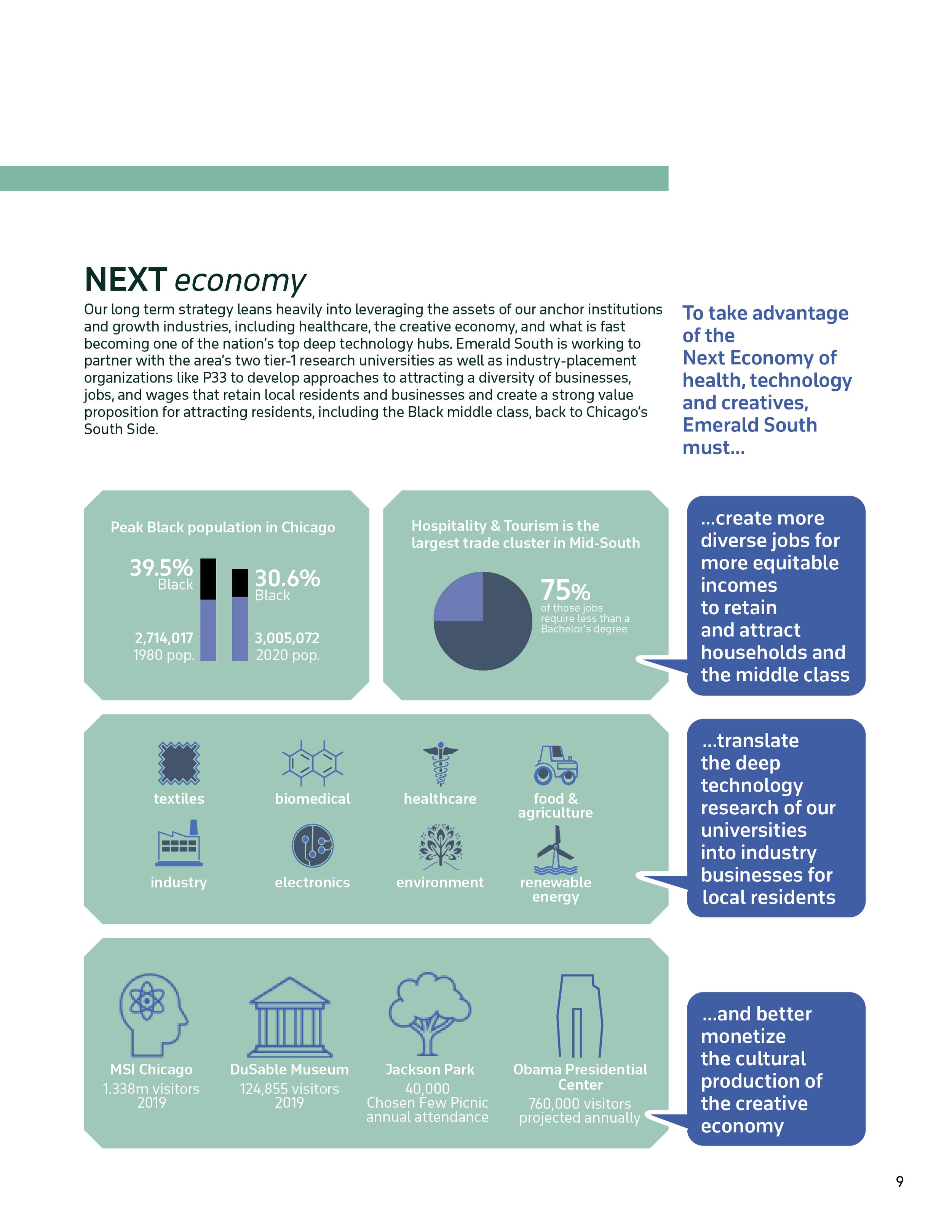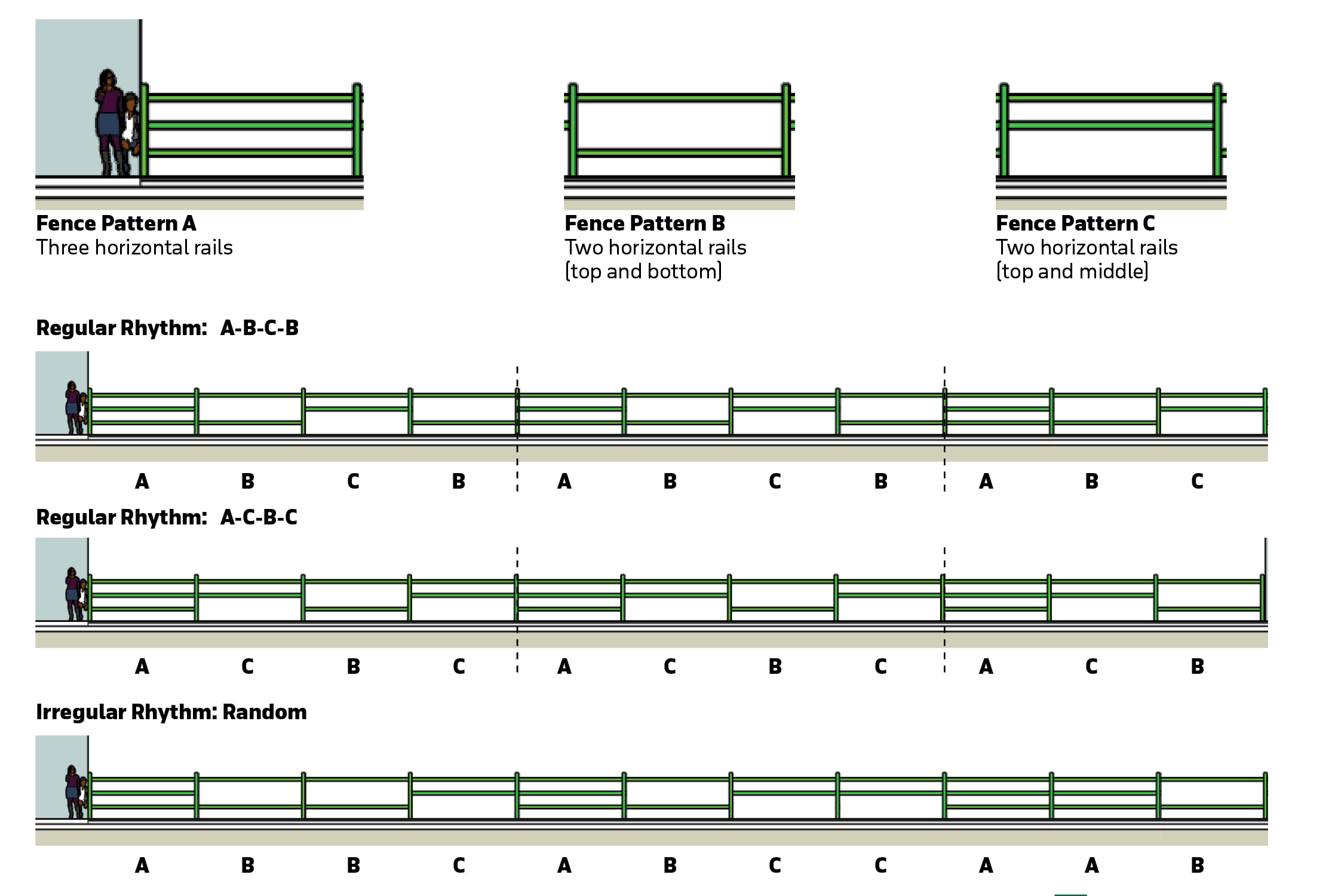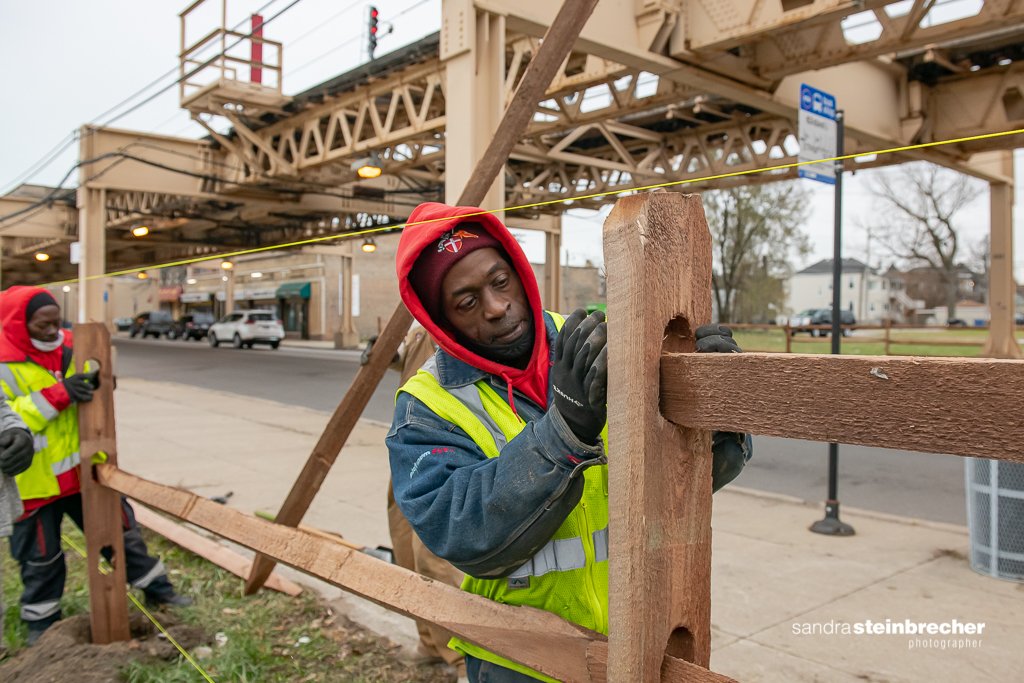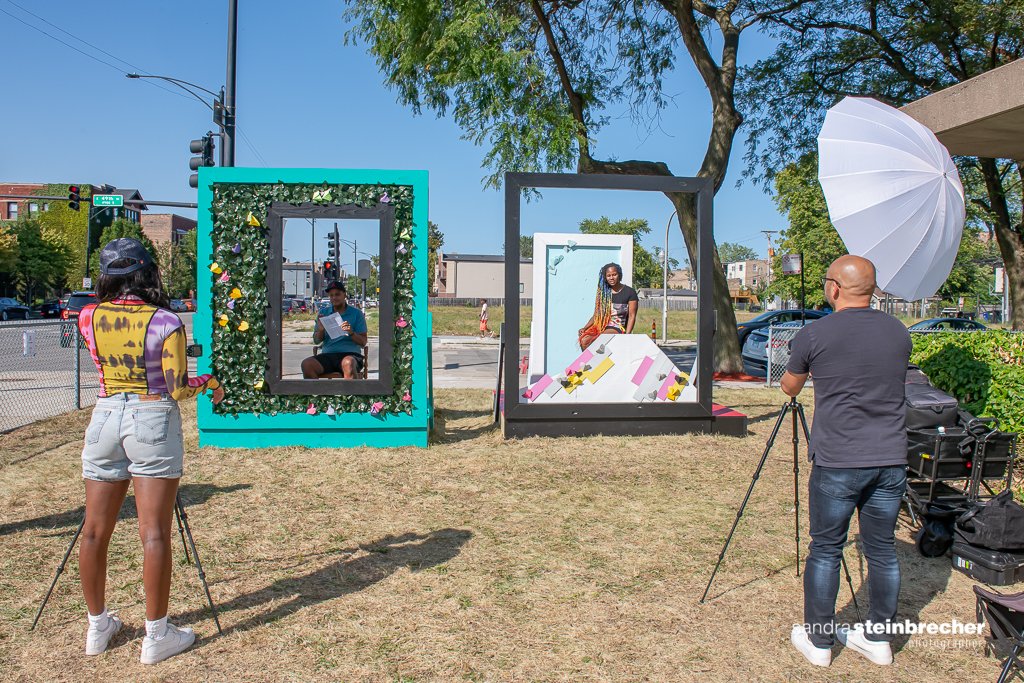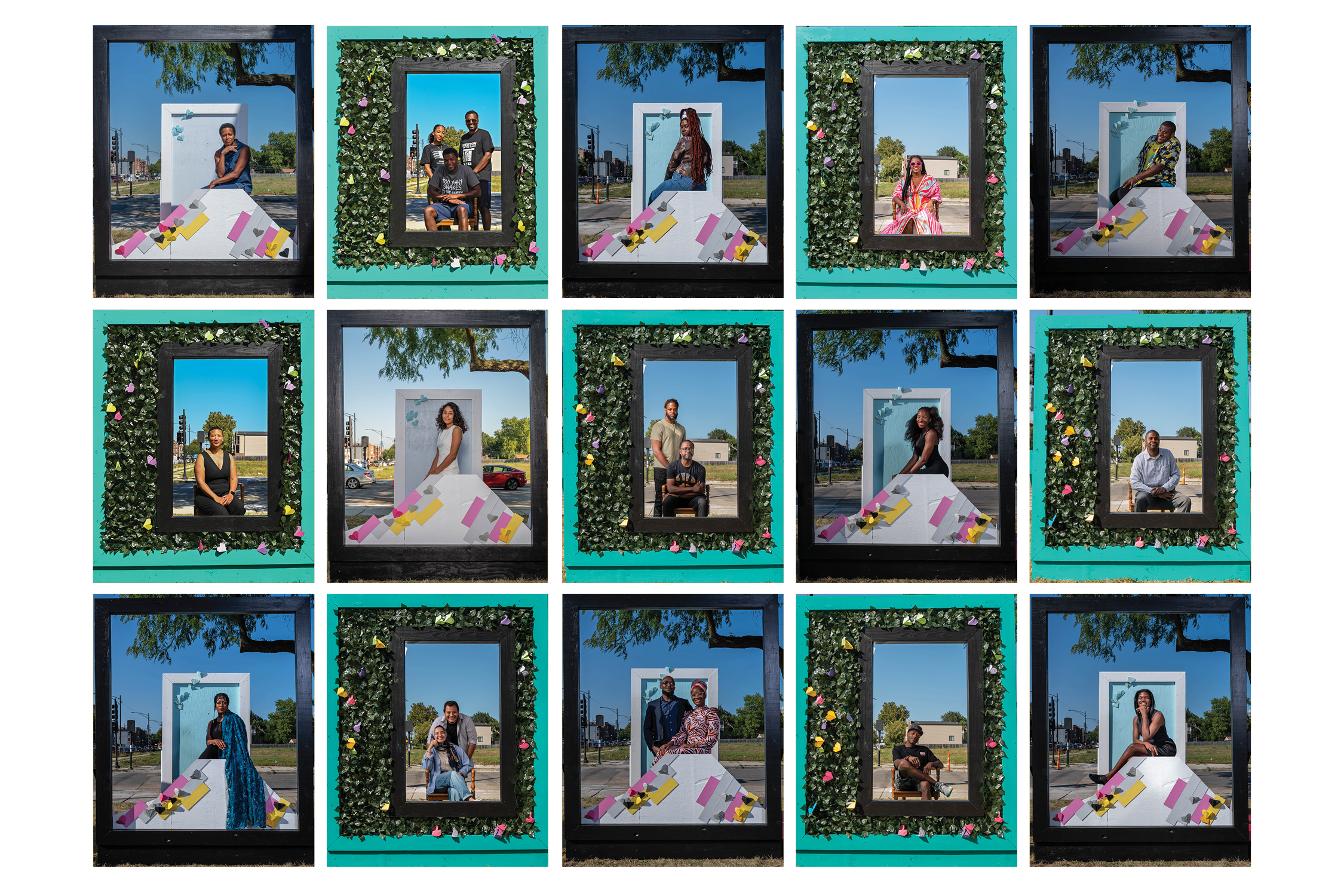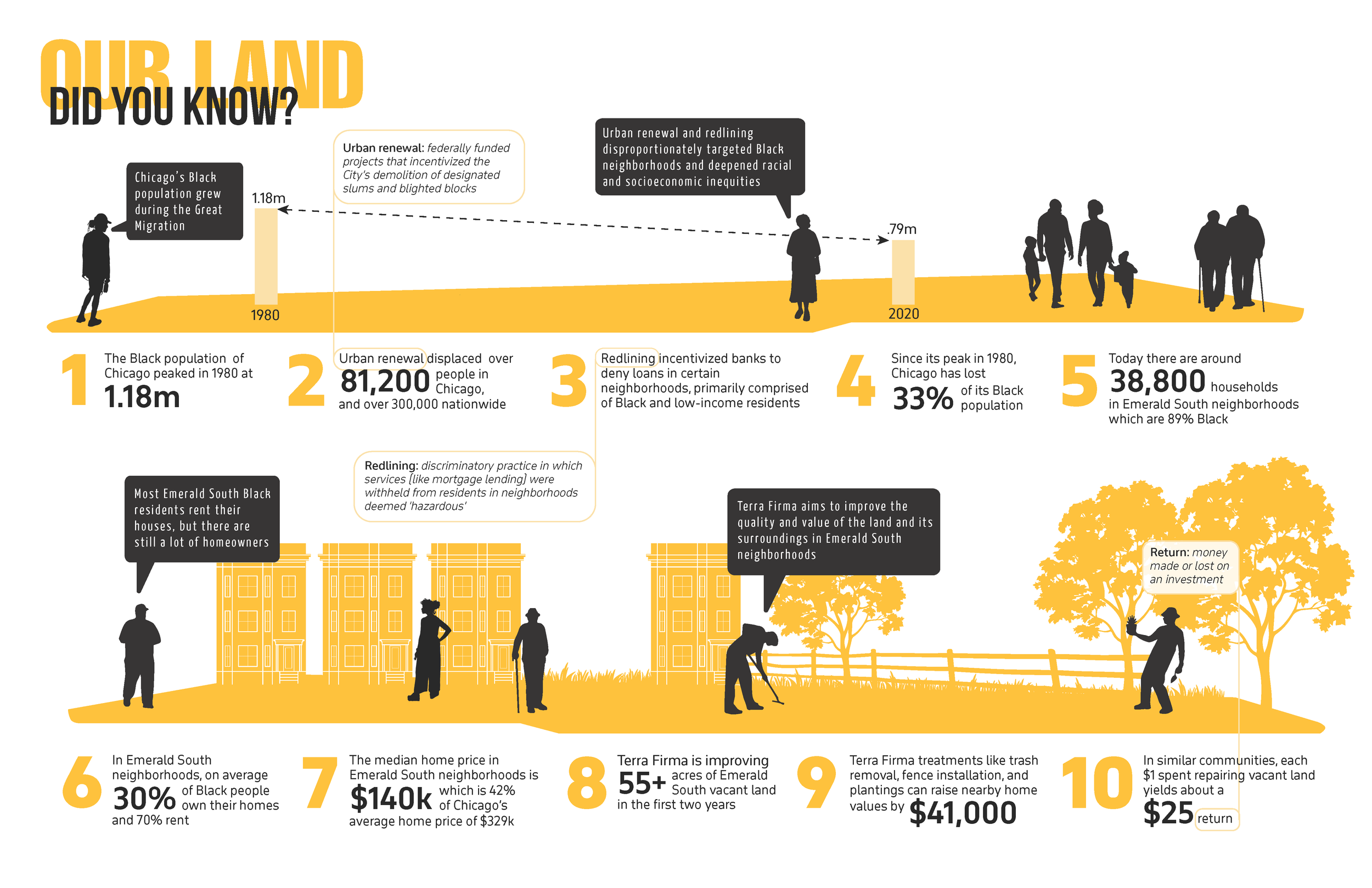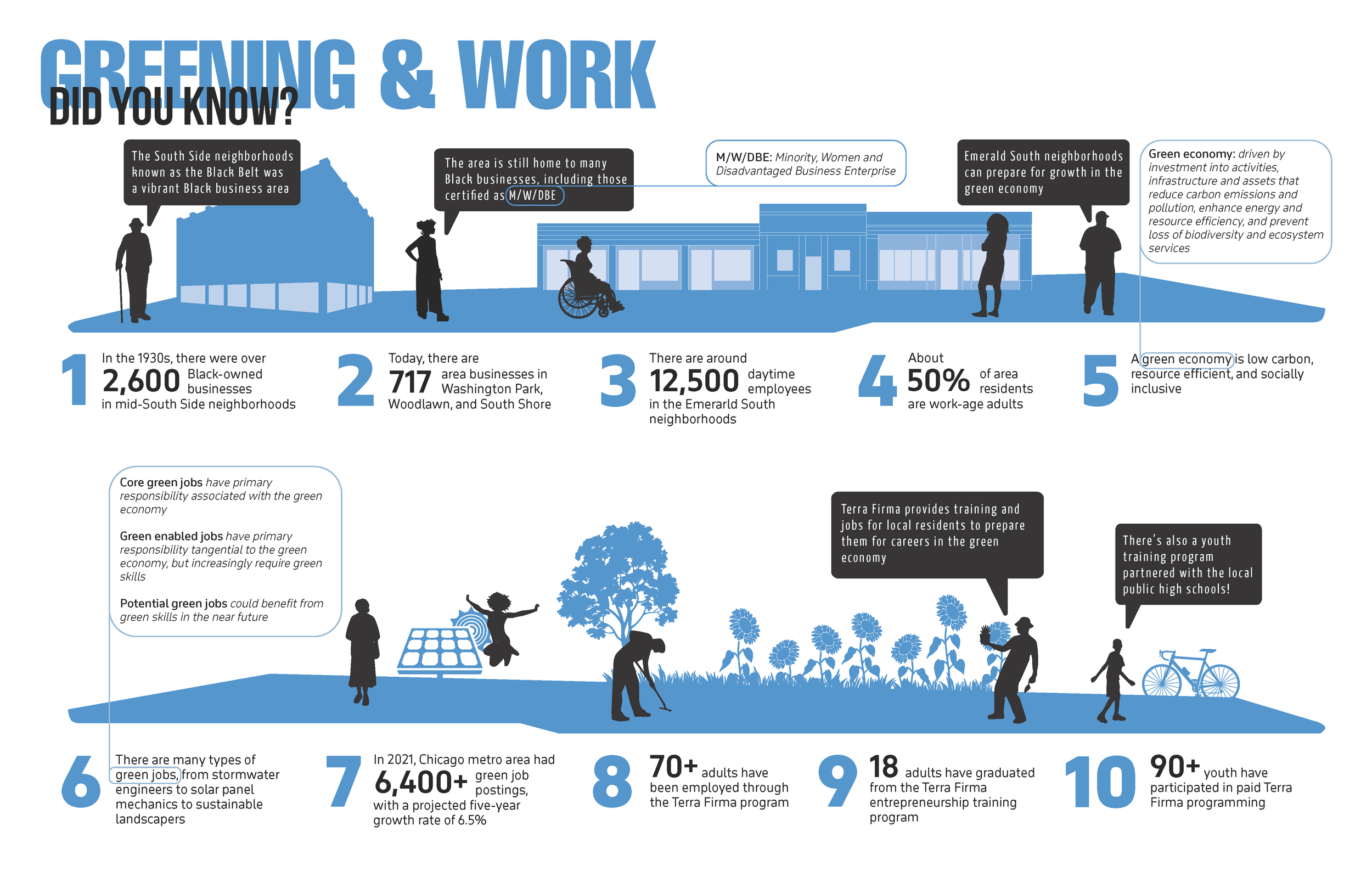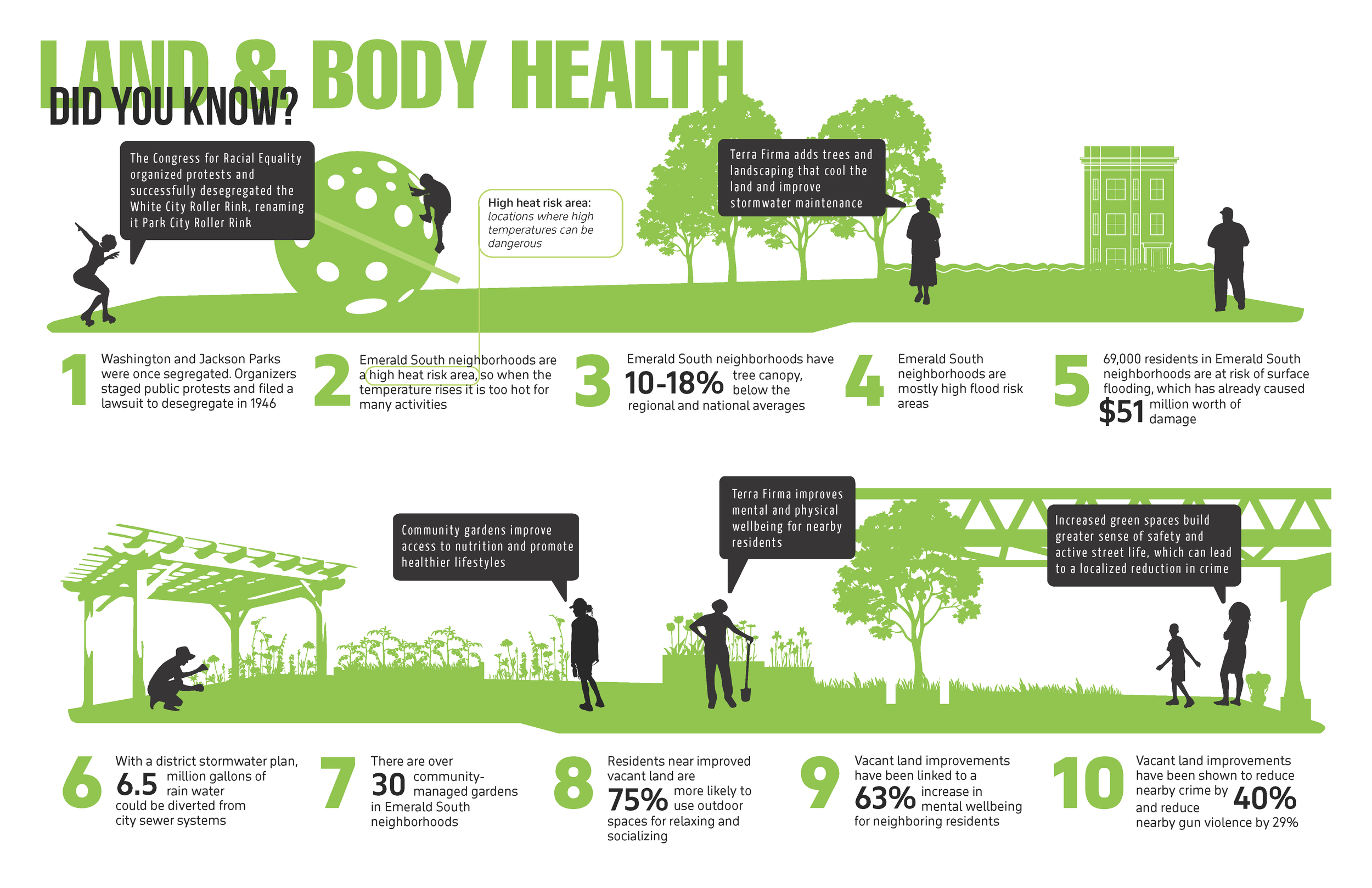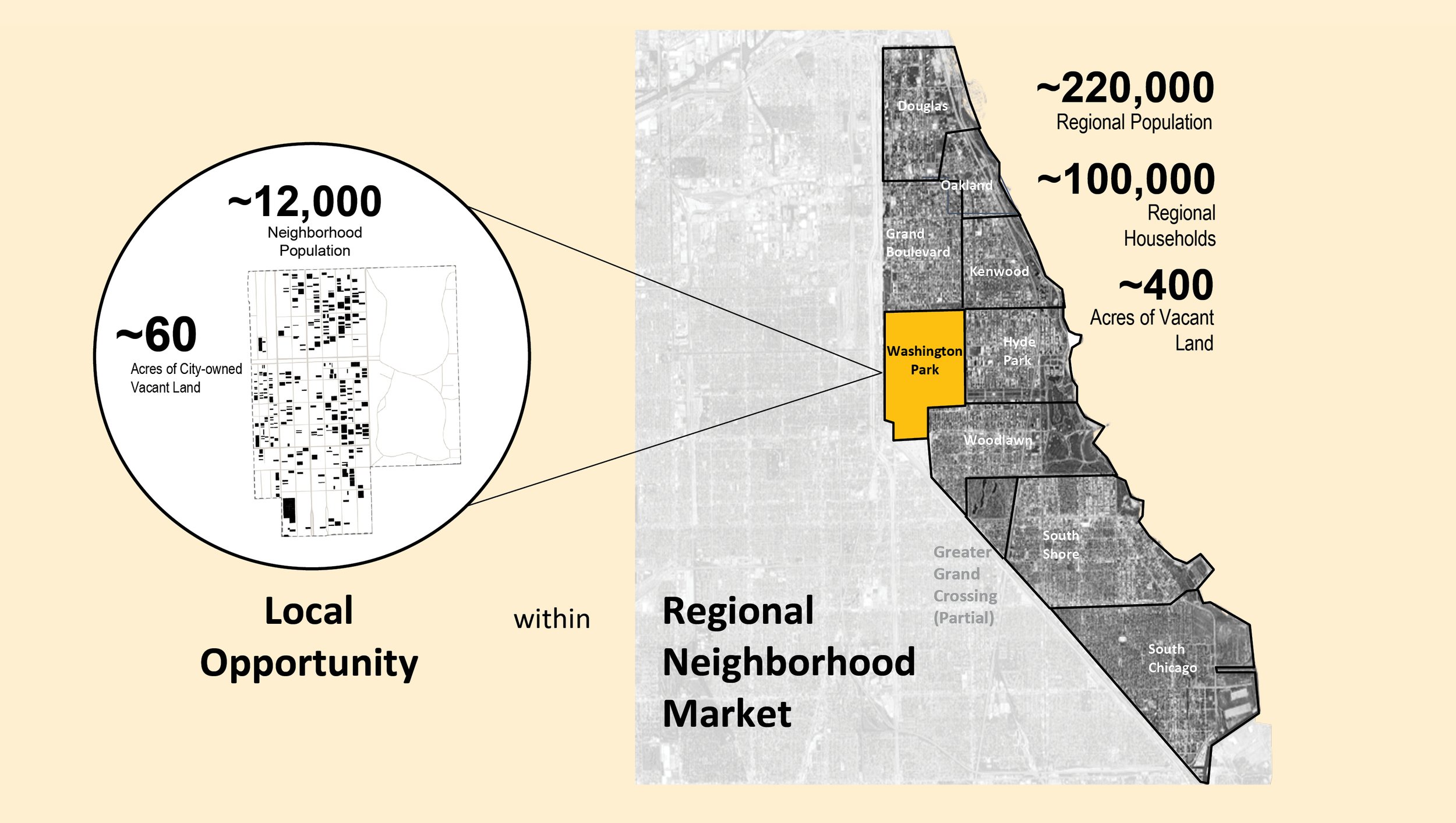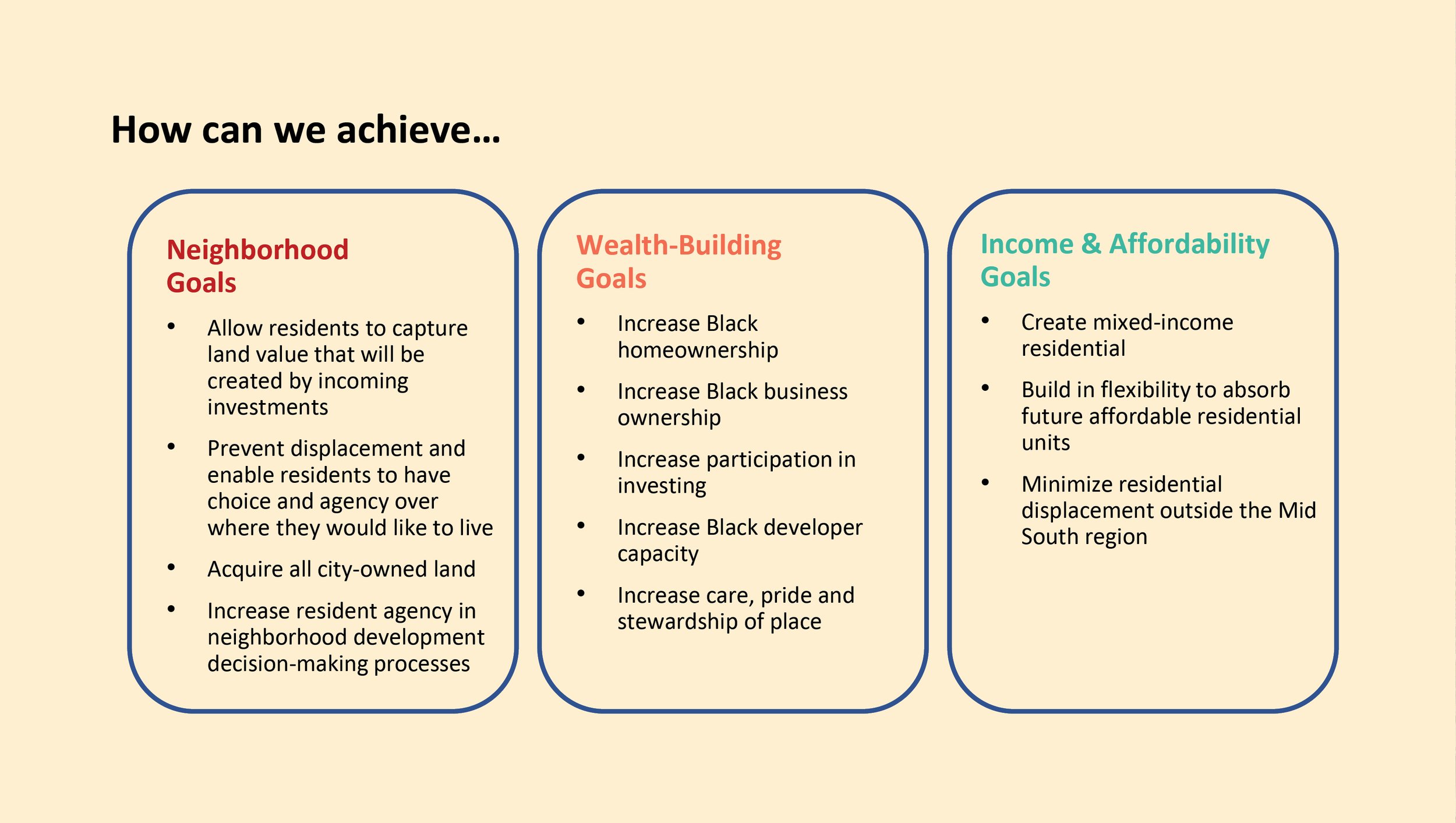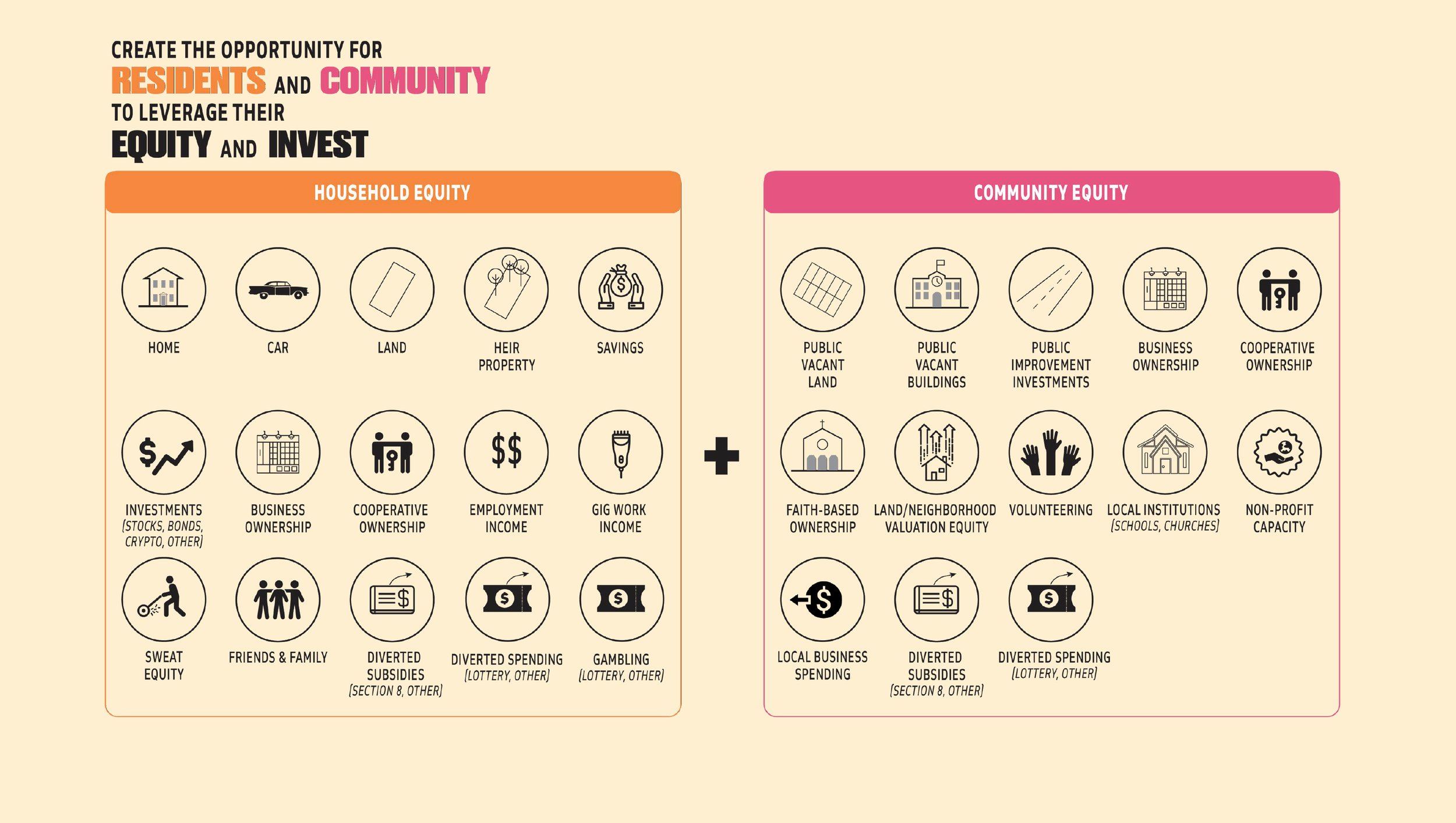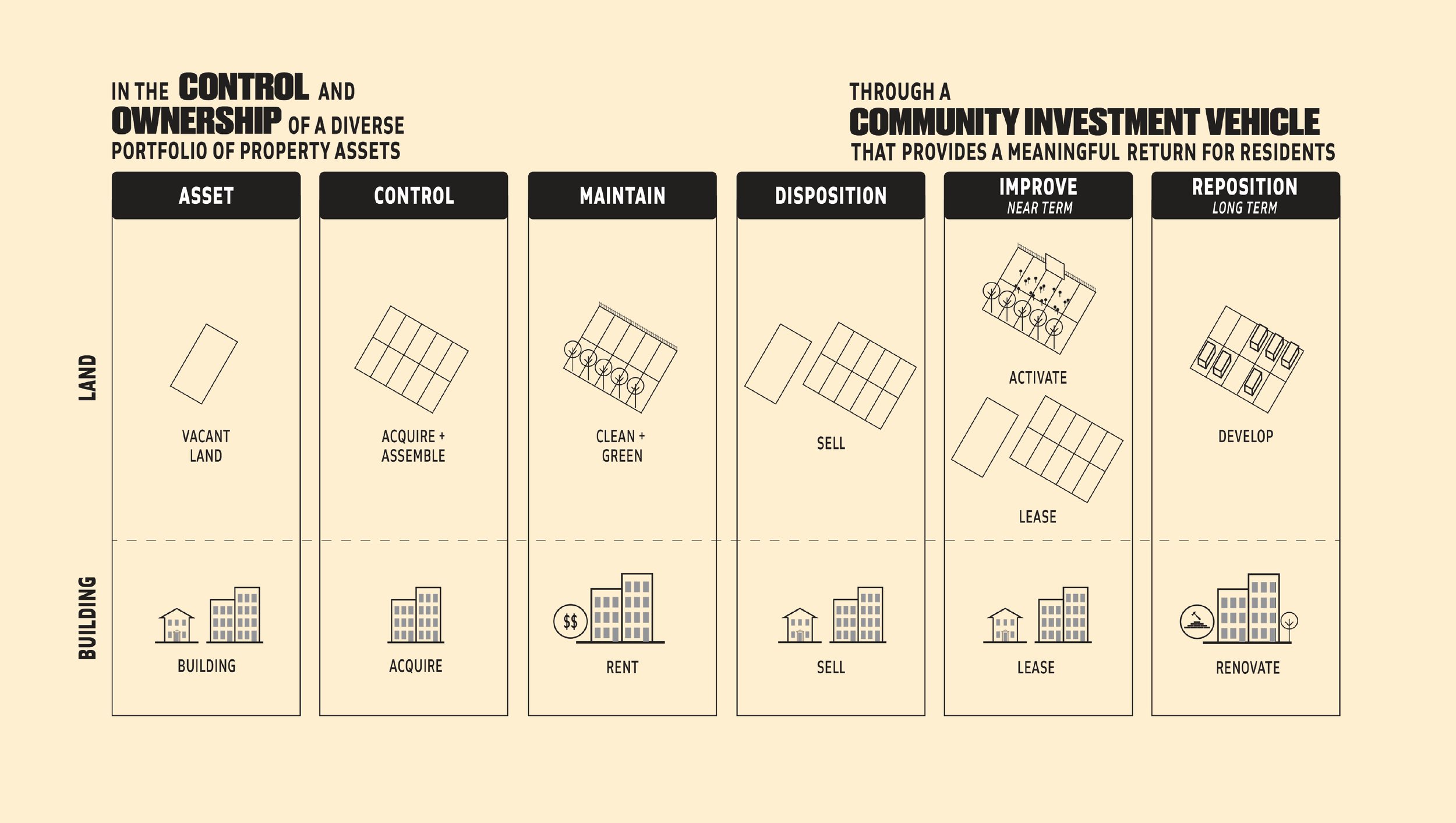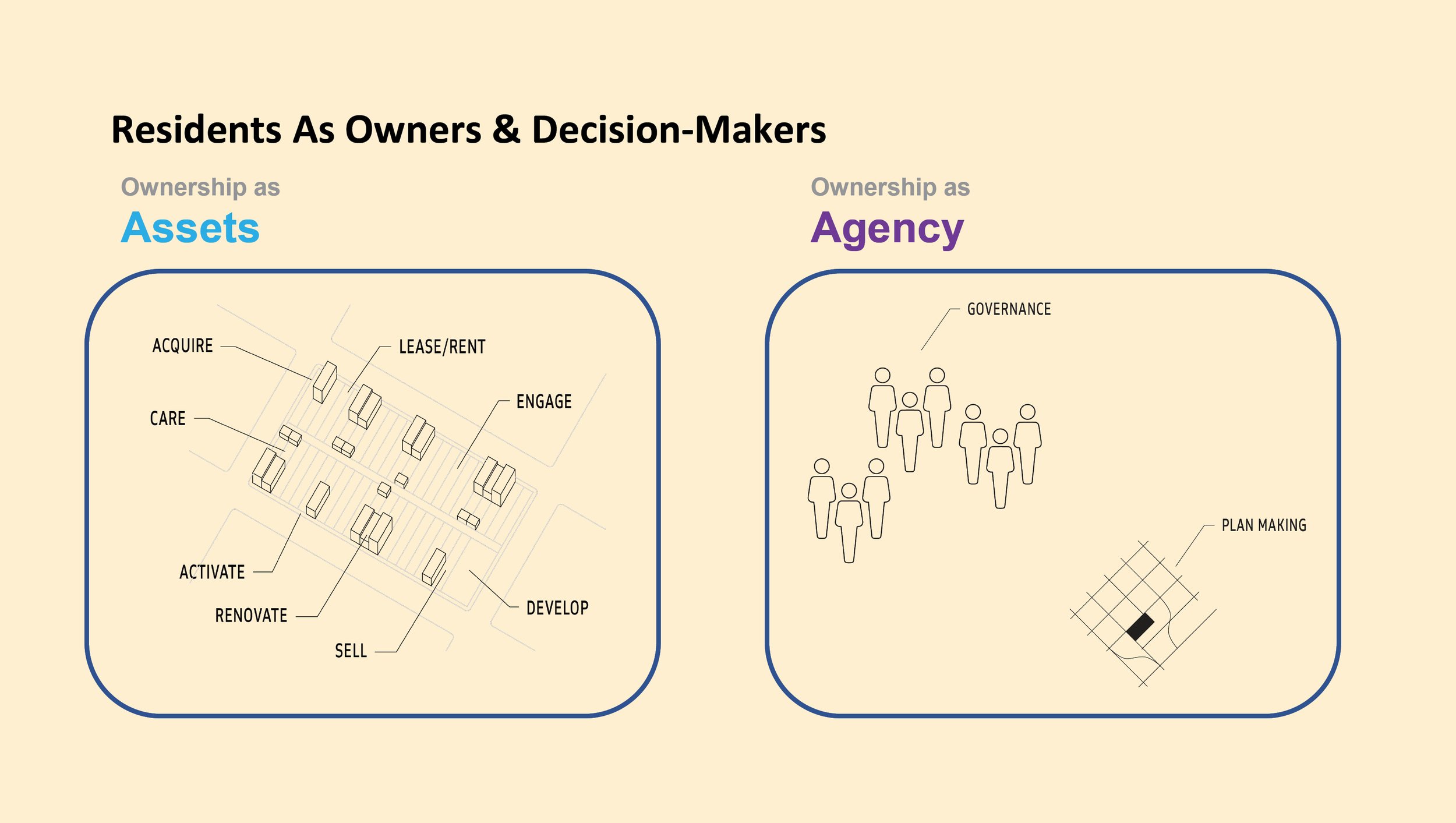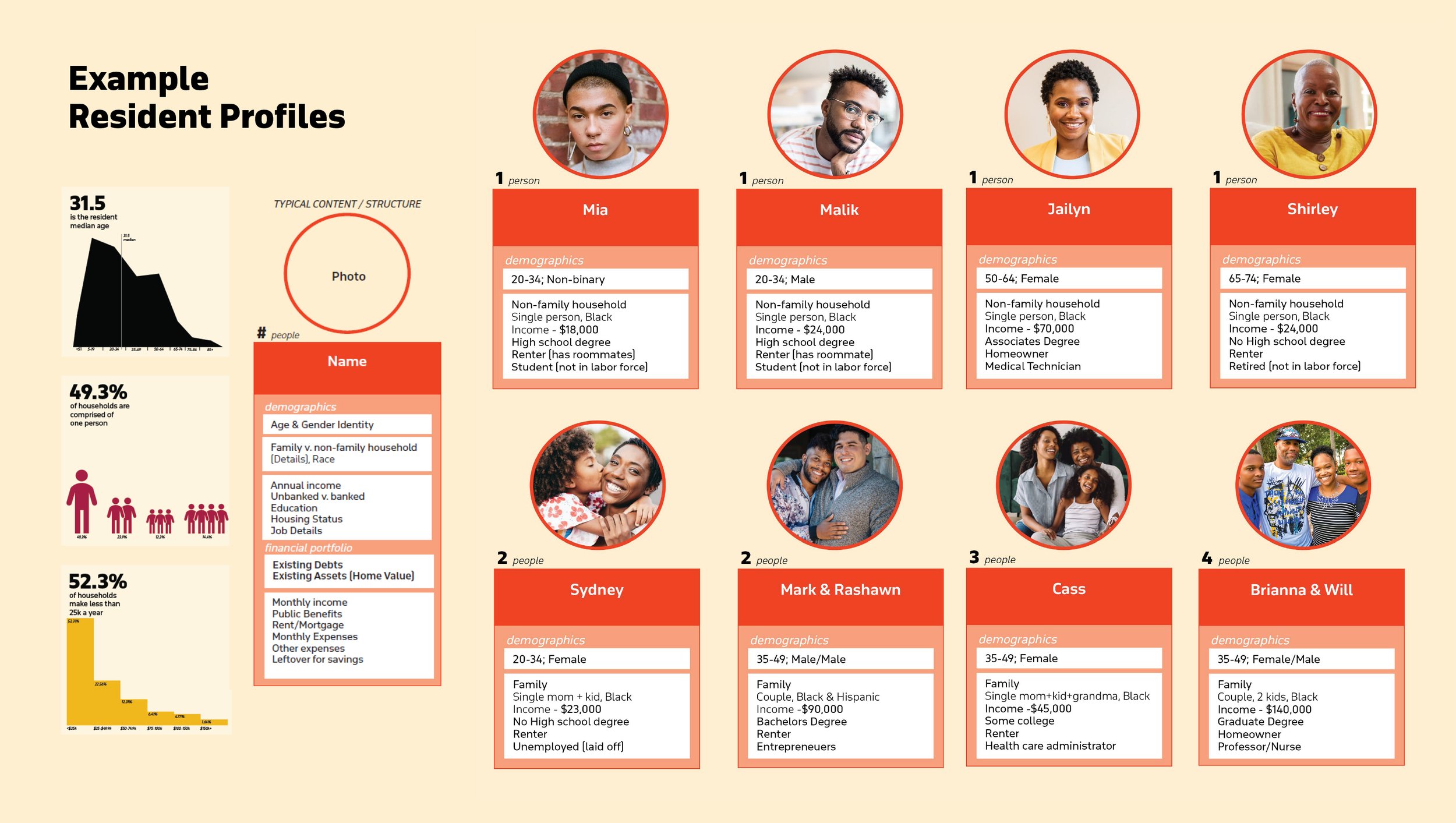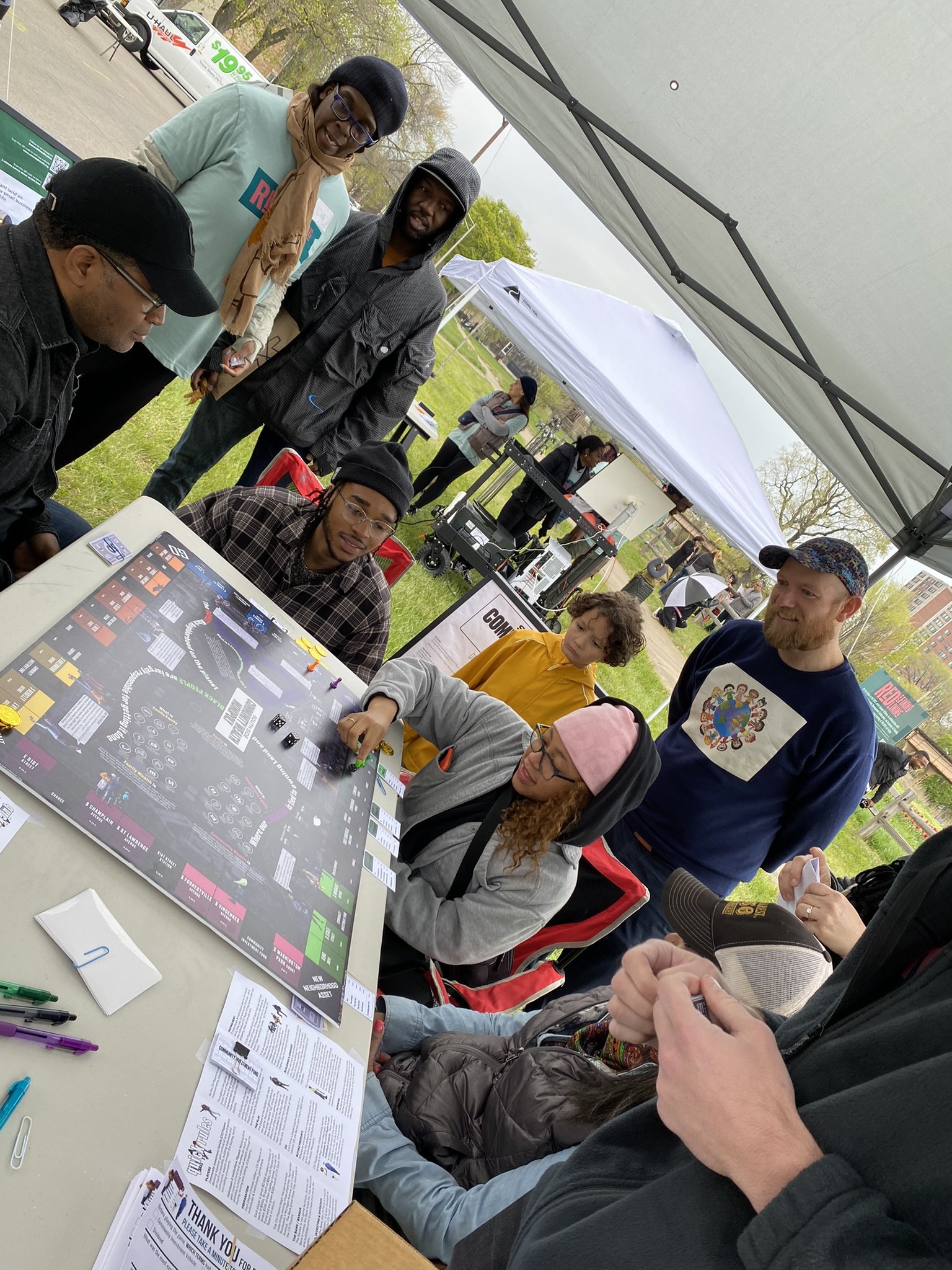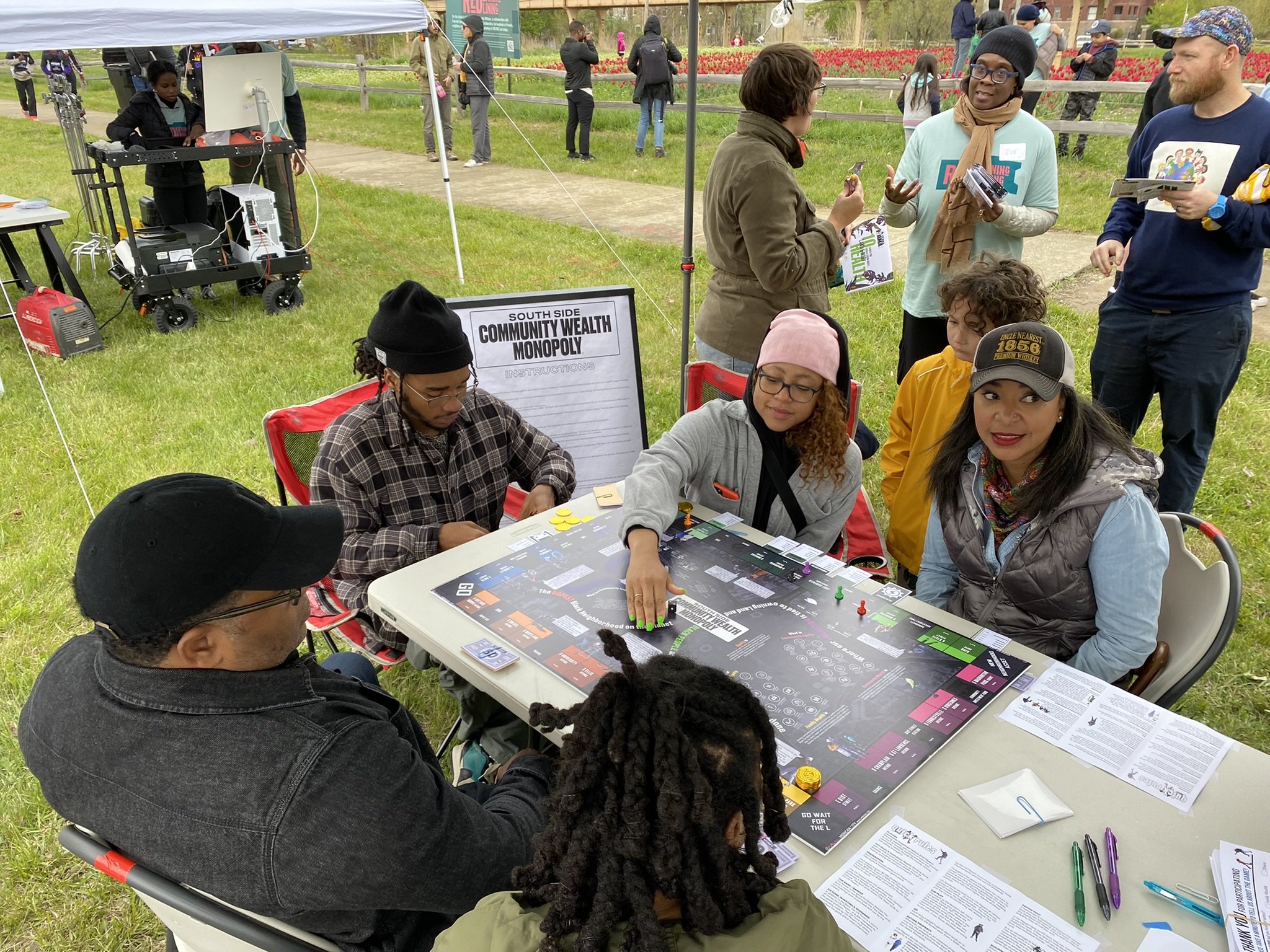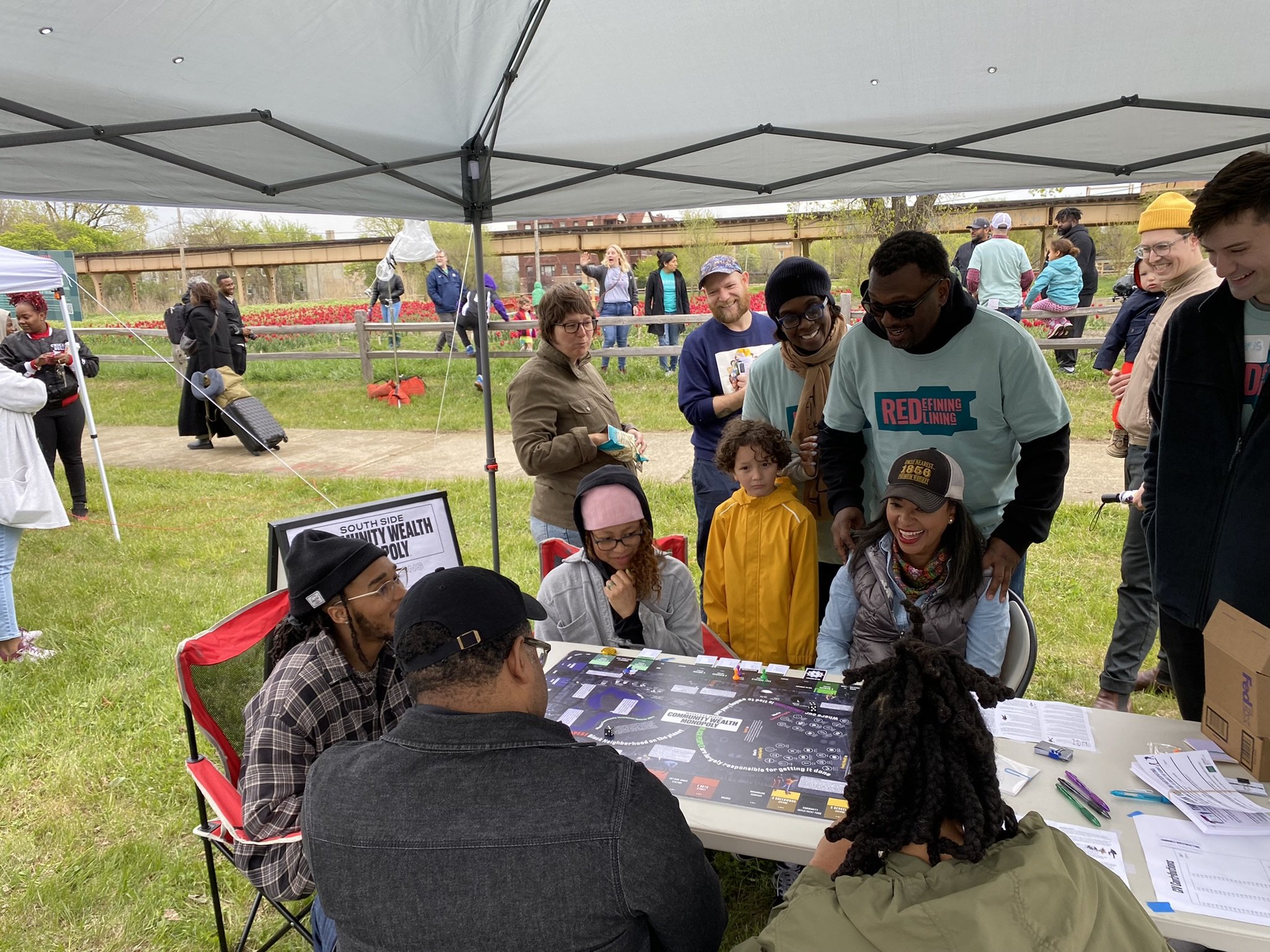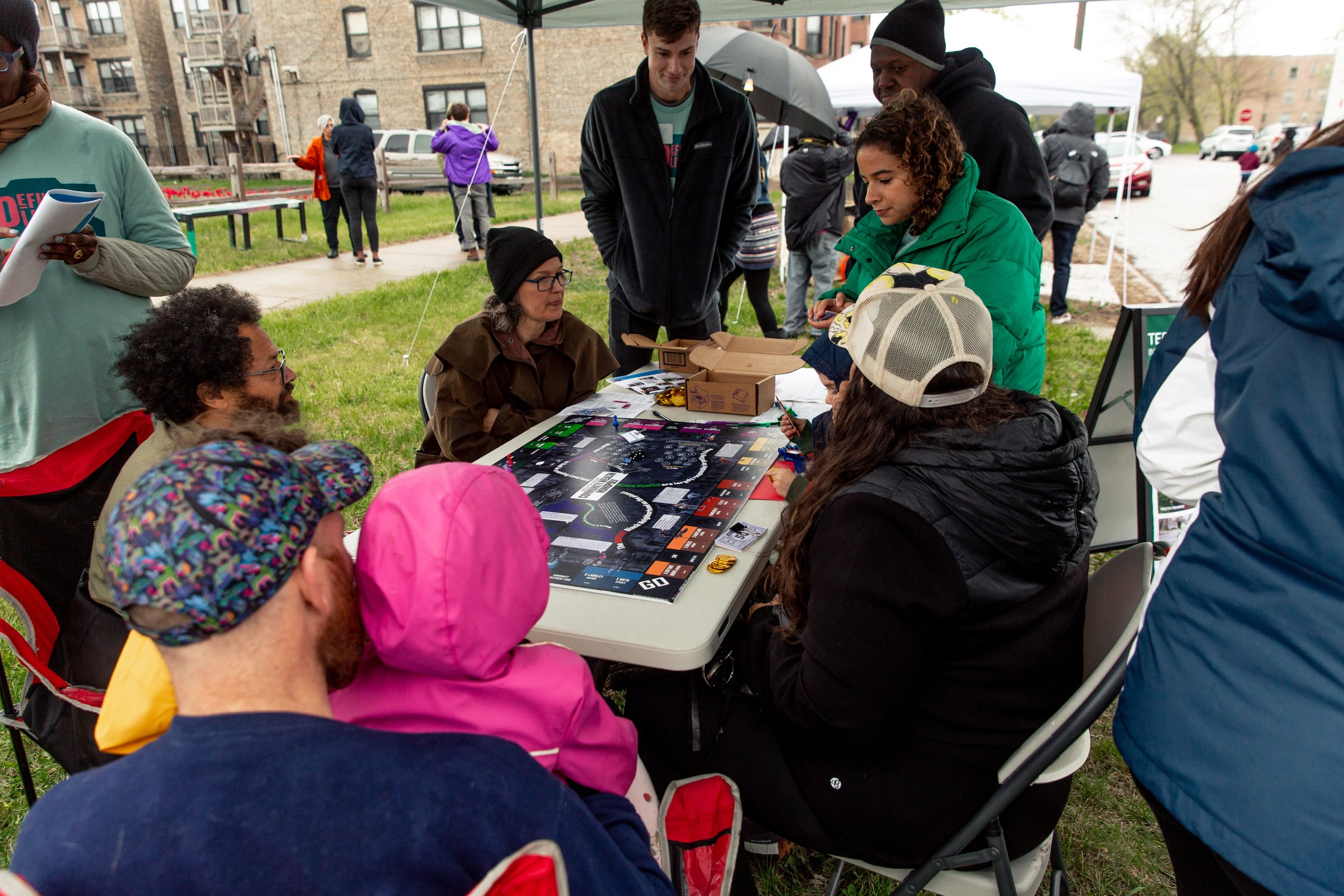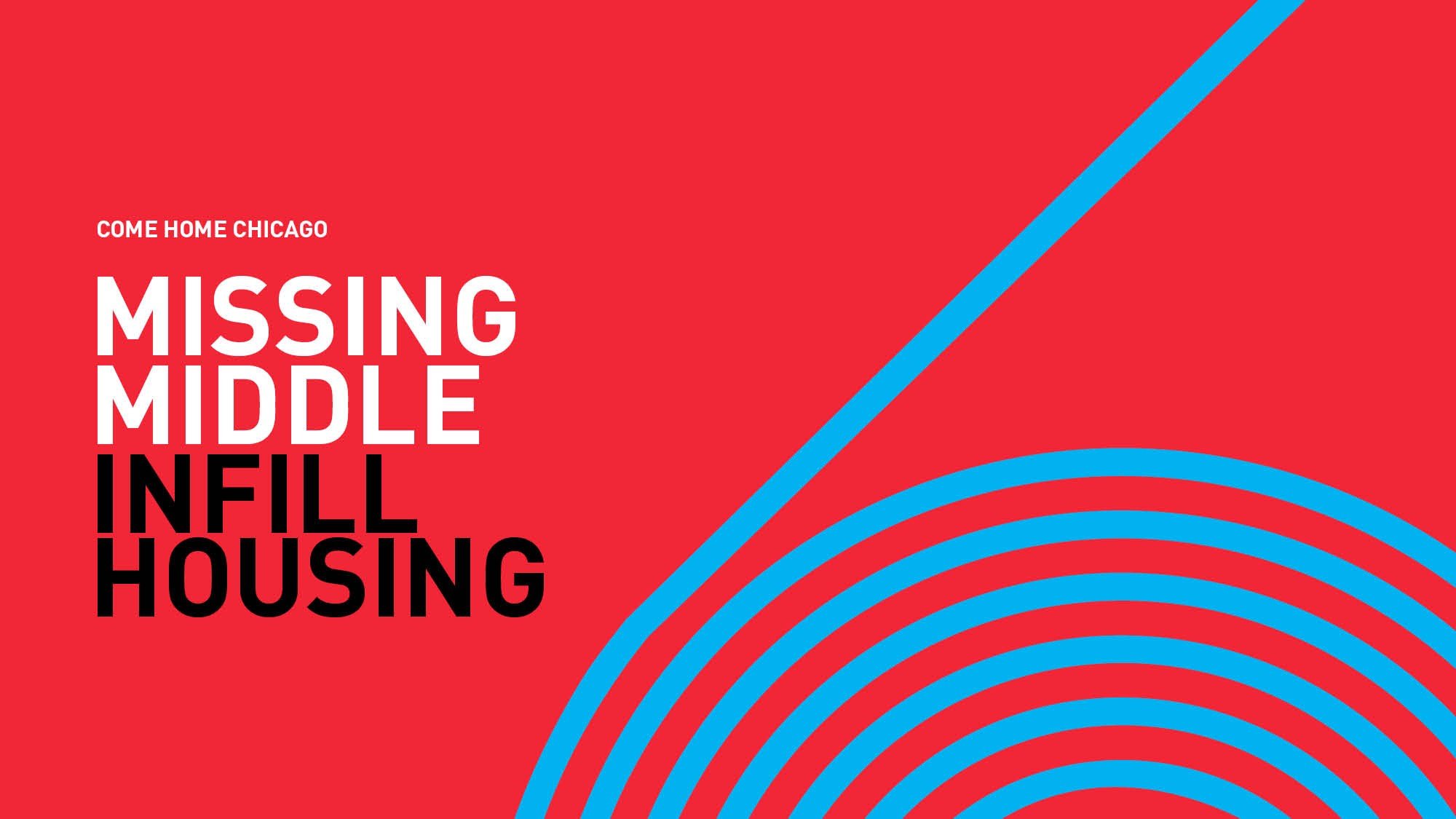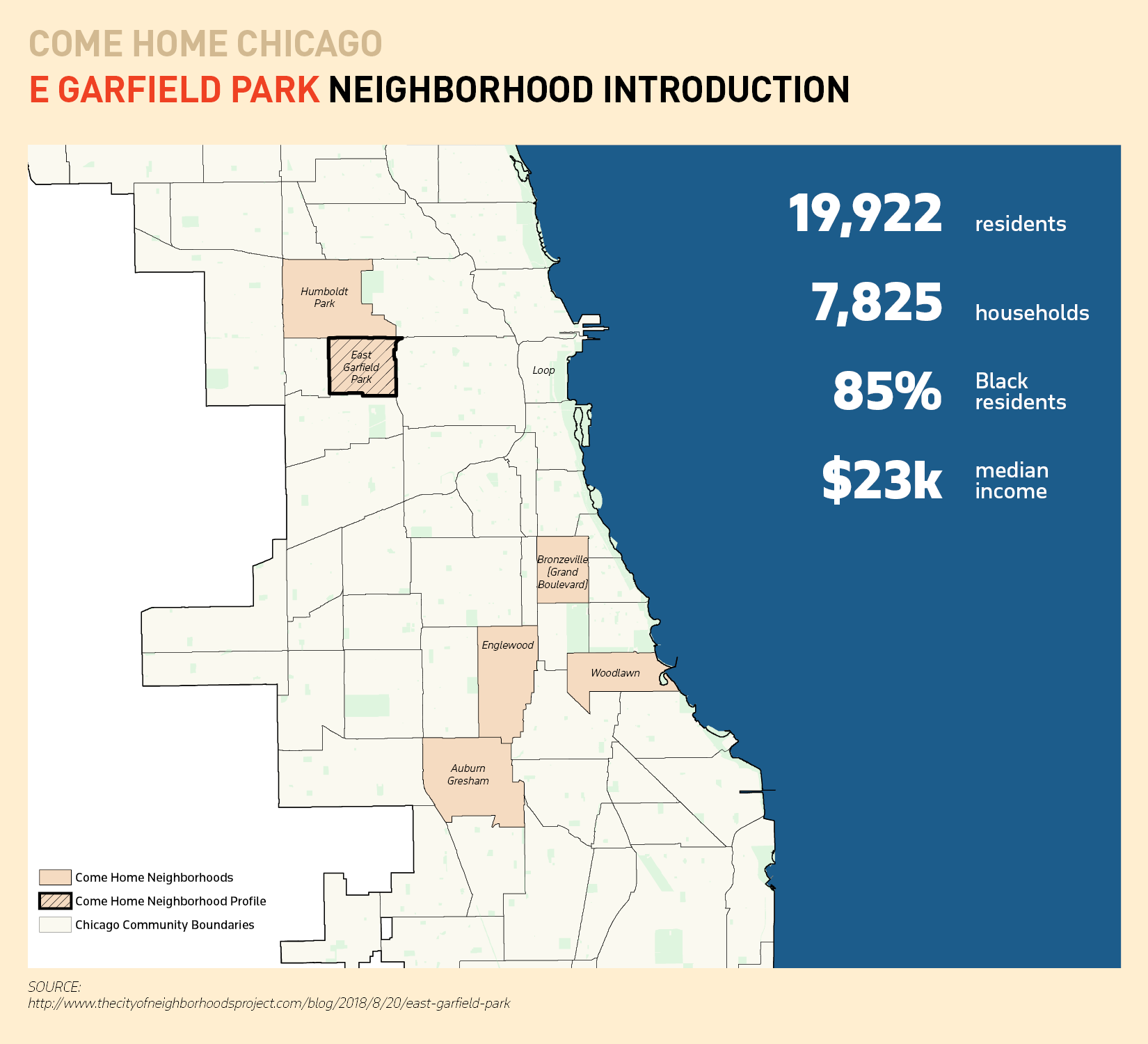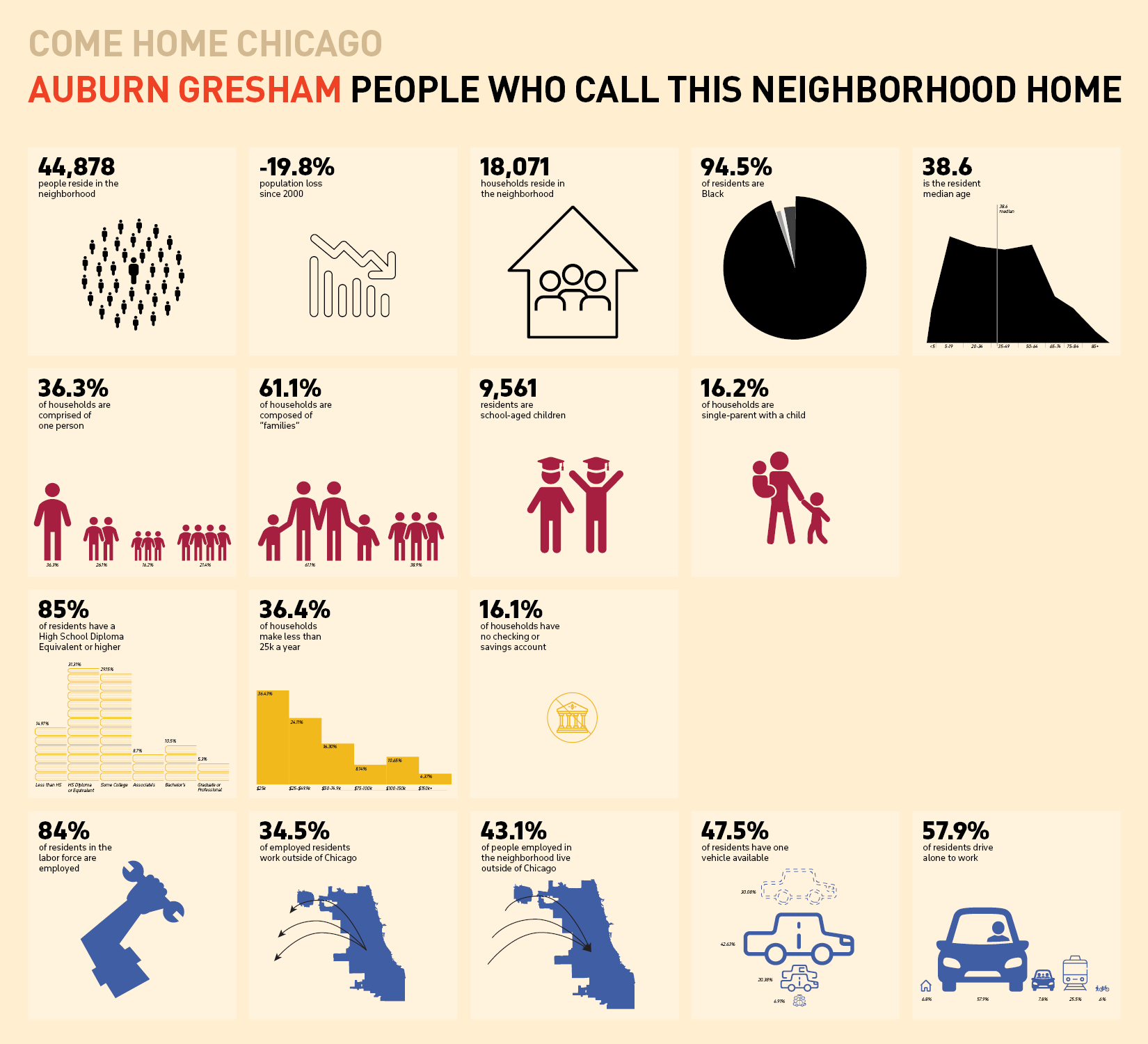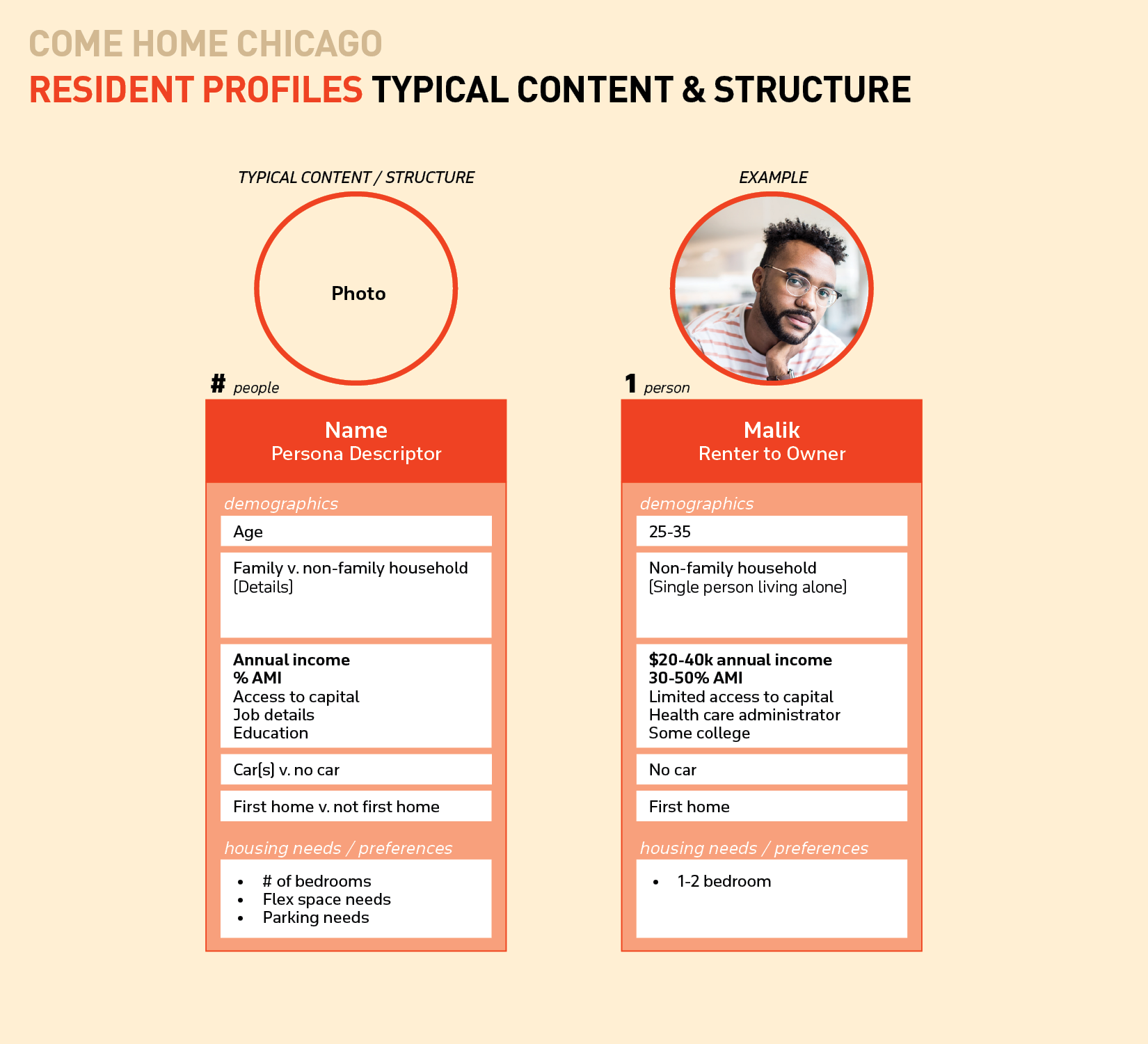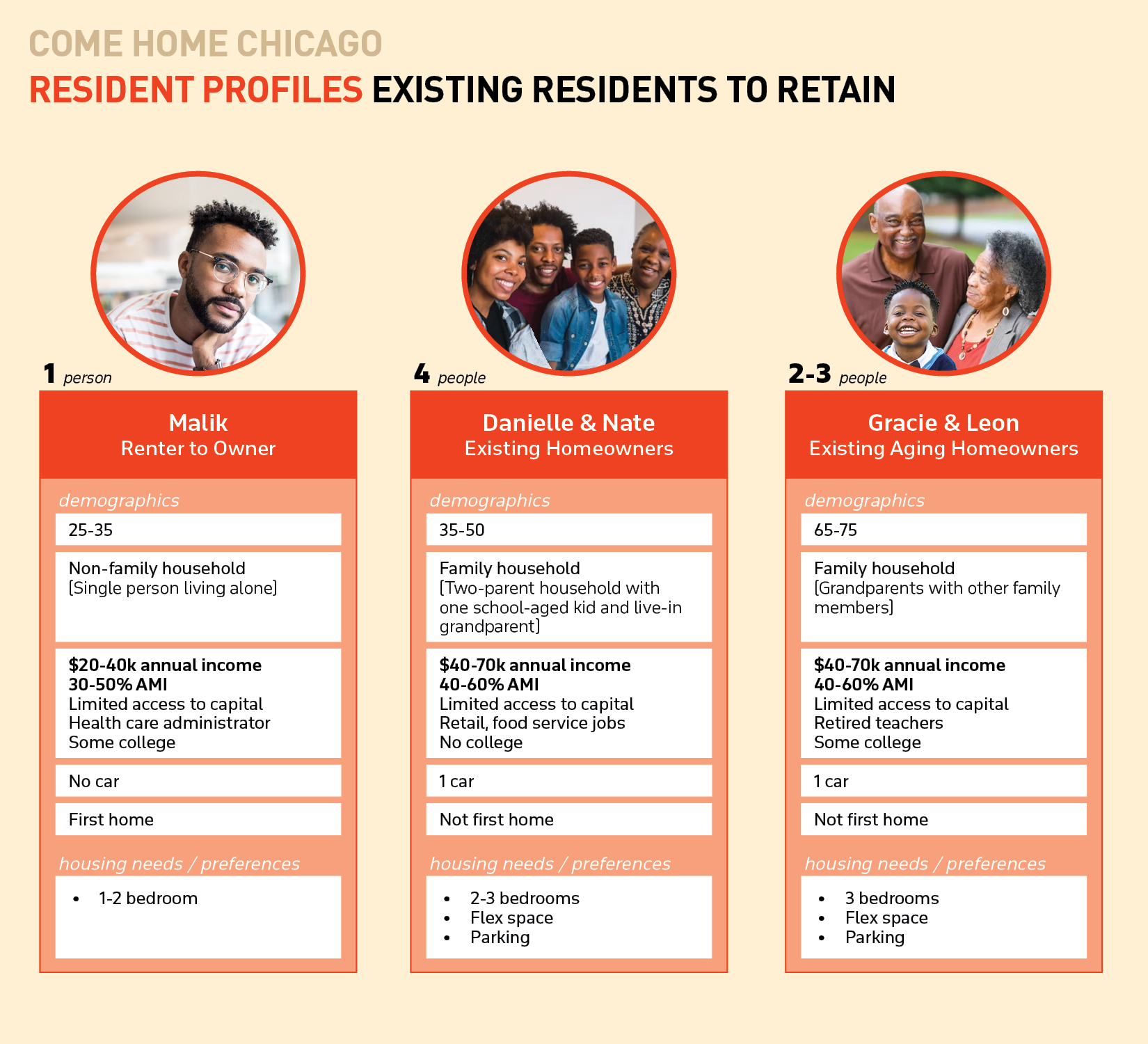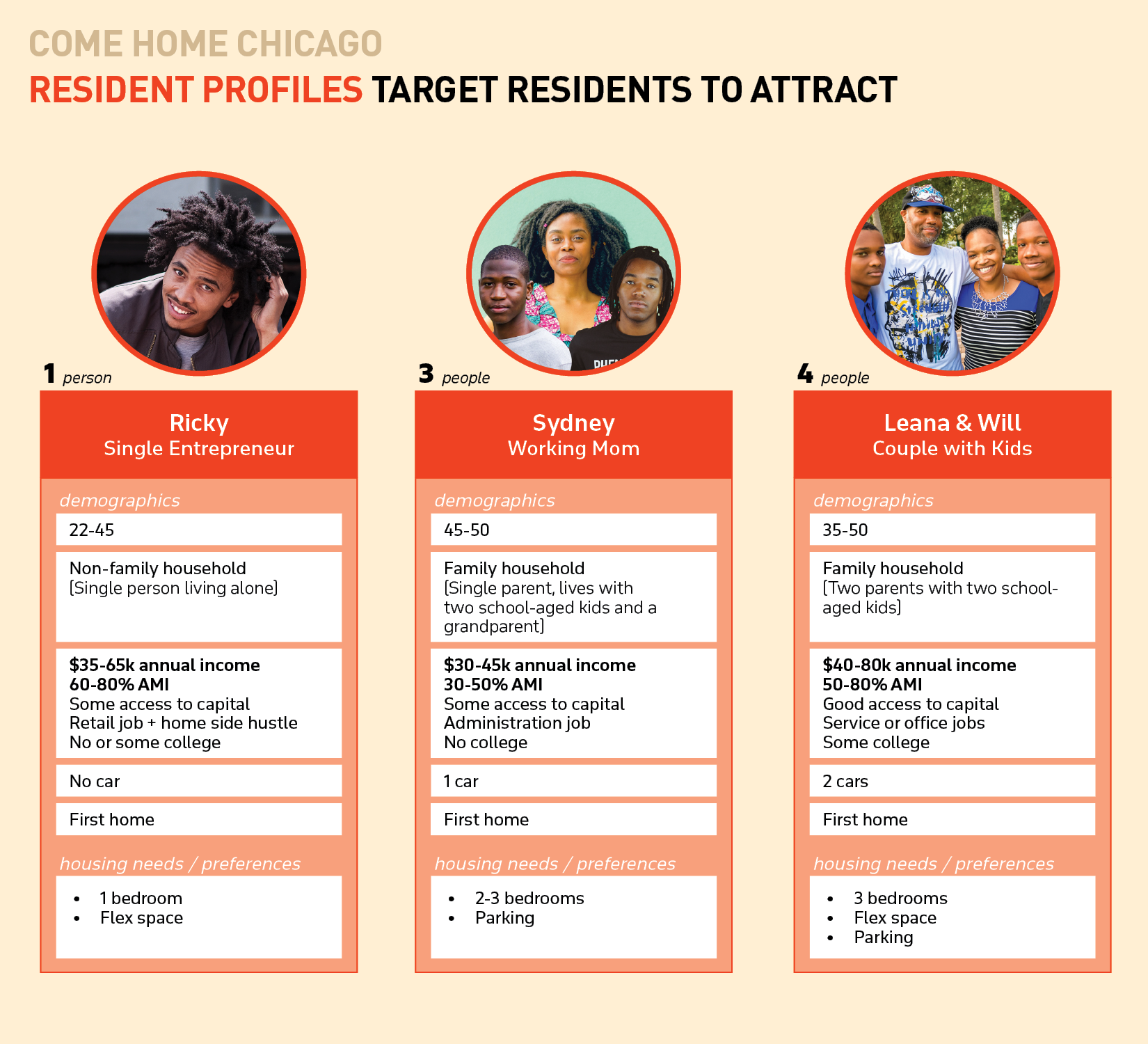Emerald South Economic Development Strategic Action Agenda
Chicago’s South Side has an enduring history, a culturally rich and diverse population, and immense future promise. New development projects, in particular the creation of the Obama Presidential Center, present an unprecedented opportunity to spur new and impactful investments. Capitalizing on this moment requires the combined strengths and support of the public, private, nonprofit and philanthropic sectors of Chicago to revitalize the South Side and, in turn, the city and region. Emerald South Economic Development Collaborative works to ensure that access and opportunities are shared and benefit the residents and business owners who call the South Side home today, specifically the neighborhoods of Washington Park, Woodlawn, and South Shore.
urbanAC has been working with Emerald South since 2019 to guide the organization and shape its agenda. Emerald South aims to foster the growth of existing local businesses and leaders, attract new investment, develop the local workforce, and support inclusive housing. Emerald South recognizes that there is a legacy of community based organizations active in the three target neighborhoods, each with its own track record of success. However, the mission of the Collaborative is to reduce competition between the three communities and instead, create strong alignments to effectuate improvement for all. Emerald South’s mission as an organization works towards:
Shared pride
Shared power
Shared investment

